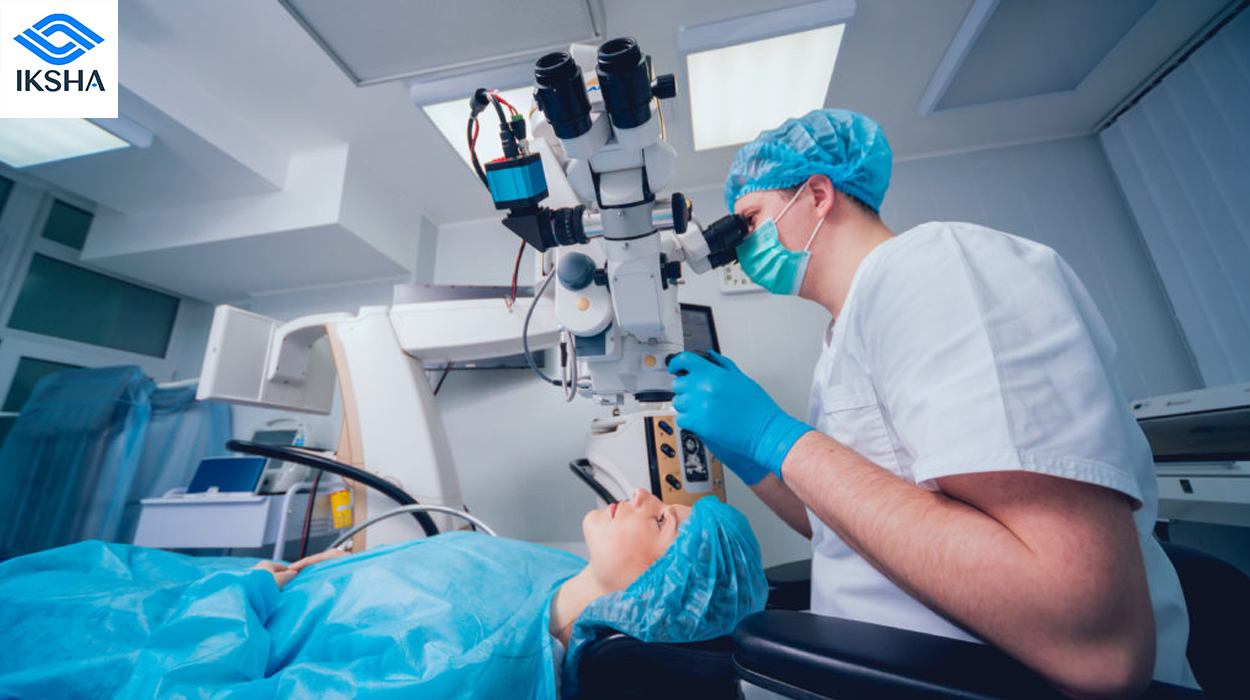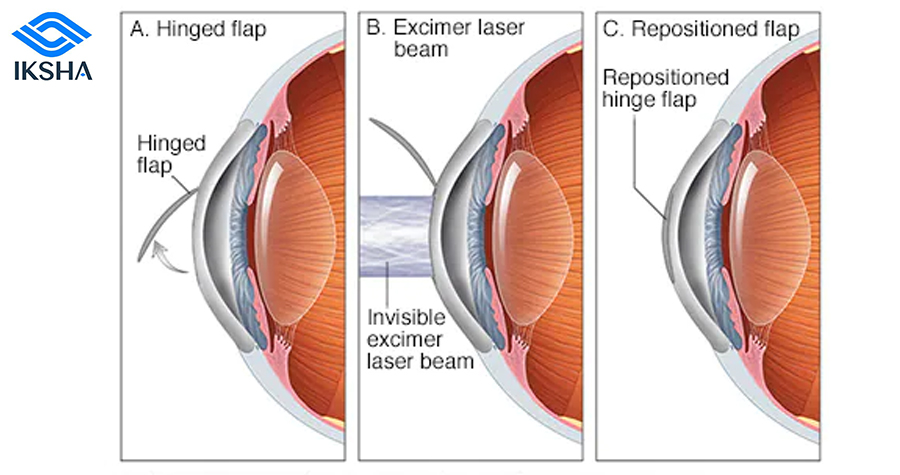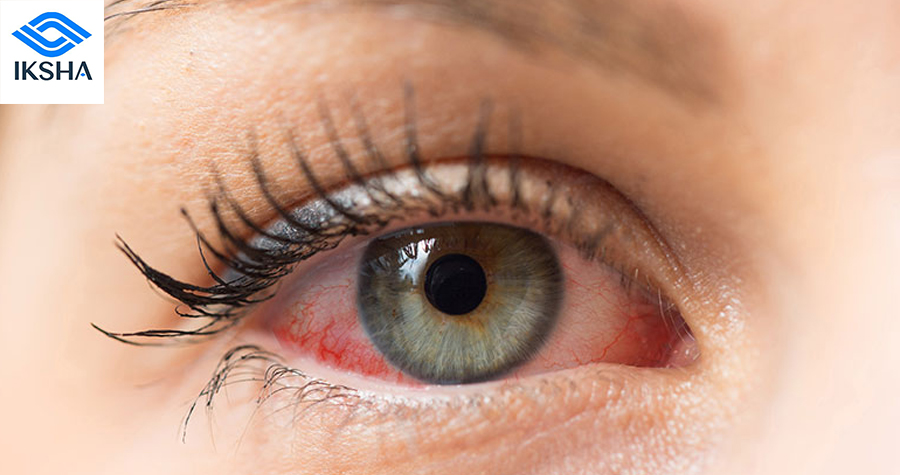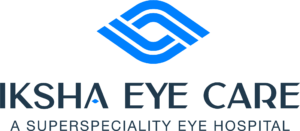
LASIK (Laser-Assisted in Situ Keratomileusis) has become a popular solution for individuals seeking freedom from glasses or contact lenses. The procedure offers remarkable results, but it’s crucial to understand what to expect during the recovery process. In this comprehensive guide, we will walk you through the immediate postoperative period, the first few hours, the first day, the first week, the first month, and long-term expectations. We will also discuss possible complications and risks associated with LASIK to help you make an informed decision.

Immediate Postoperative Period:
As soon as the LASIK procedure is completed, you may experience some temporary discomfort. Your eyes may feel watery or itchy, and a gritty sensation might be present. It is normal for your vision to be blurry or hazy at this stage. Following the surgeon’s instructions, including the use of prescribed eye drops, will contribute to a smooth recovery.
The First Few Hours:
After a few hours, you may notice an improvement in your vision, although it may still be somewhat blurry. It is crucial to avoid rubbing your eyes during this period, as it can disrupt the healing process. It’s best to relax and allow your eyes to heal naturally.
The First Day:
On the first day following LASIK, you should continue using the prescribed eye drops as instructed. These drops aid in the healing process and help prevent infection. It is important to avoid rubbing your eyes or engaging in activities that strain your eyes. You will likely have a follow-up appointment with your surgeon to assess your progress and possibly remove any protective shields or bandages.
The First Week:
During the first week, you will notice a gradual improvement in your vision. However, it is normal for your vision to fluctuate initially. Dryness and temporary sensitivity to light are common during this period. Wearing sunglasses can help alleviate light sensitivity. It is essential to follow your surgeon’s instructions regarding the use of eye drops and to avoid swimming or using hot tubs for at least a week. Most individuals can resume normal daily activities within a few days.
The First Month:
As the first month progresses, your eyes will continue to heal, and your vision should stabilize further. Dryness and fluctuations in vision may still occur but should improve with time. Regularly using artificial tears or lubricating eye drops can help alleviate any dryness. Attend all scheduled follow-up appointments with your surgeon to monitor your progress and ensure optimal healing. During this period, it is crucial to avoid any activities that may pose a risk to your eyes, such as contact sports or rubbing your eyes vigorously.
Long-Term Expectations:
In the long term, most individuals experience significant improvements in their vision after LASIK, often achieving their desired visual acuity without the need for glasses or contact lenses. However, some individuals may still require minor prescription eyewear for specific activities, such as reading or driving at night. It is important to continue regular eye exams to monitor your eye health and detect any changes or complications that may arise. Your eye care professional will guide you on the appropriate frequency of these exams.
Possible Complications and Risks:

Some of the possible complications include:
Dry Eyes: LASIK can temporarily disrupt tear production, leading to dryness and discomfort. Using lubricating eye drops as prescribed can help alleviate this symptom.

Some of the possible complications include:
Dry Eyes: LASIK can temporarily disrupt tear production, leading to dryness and discomfort. Using lubricating eye drops as prescribed can help alleviate this symptom.
Glare or Halos: Some individuals may experience visual disturbances such as glare or halos around lights, particularly at night. These symptoms usually improve over time but may persist in rare cases.
Hazy Vision: It is normal to experience hazy or fluctuating vision during the initial stages of recovery. However, if hazy vision persists or worsens over time, it is important to consult your eye surgeon.
Under correction or Overcorrection: While LASIK aims to correct refractive errors, there is a slight chance of achieving less than optimal vision (undercorrection) or overcorrection, requiring further adjustments or enhancements.
Infection: Although rare, there is a small risk of developing an infection following LASIK surgery. Strict adherence to post-operative care instructions and maintaining proper eye hygiene can minimize this risk.
Corneal Flap Complications: During LASIK, a thin flap is created on the cornea. There are chances that complications might occur with the flap, such as displacement, wrinkling, or infection. These complications may require additional treatment or surgery.
The chances of experiencing complications after LASIK operation are rare, but by choosing an experienced surgeon, following post-operative instructions diligently, and attending regular follow-up appointments, you can minimize potential risks and increase the likelihood of a successful LASIK outcome.




